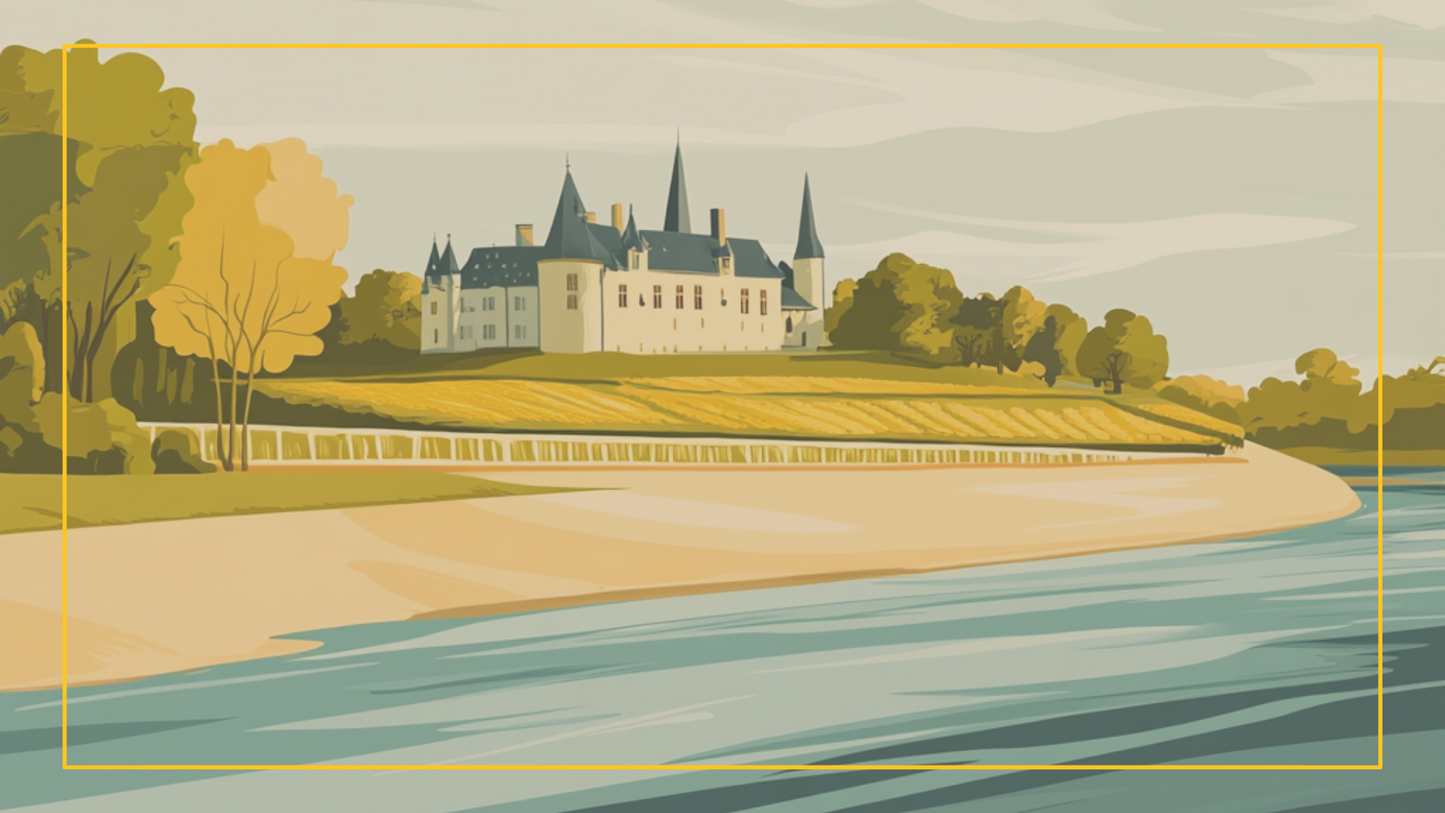
The Loire Valley, with its 2,000-year-old winemaking heritage, has emerged as a beacon of innovation and sustainability in the French wine industry. This region, stretching along France's longest river, offers a compelling narrative of tradition meeting modernity.
A Rich Winemaking History
Winemaking in the Loire dates back to Roman times, with the first vineyards planted in the Pays Nantais region. The region's reputation grew over centuries, notably highlighted by Gallo-Roman bishop Grégoire de Tours in 582 A.D., who praised the offerings of Sancerre and Touraine.
Diverse Terroirs and Styles
The Loire River meanders through diverse terroirs, from the Sauvignon Blanc strongholds of Sancerre and Pouilly-Fumé to the Chenin Blanc and Cabernet Franc heartlands of Anjou, Vouvray, and Saumur. This geographic variety contributes to an impressive range of wine styles, from crisp Muscadet to nectared Quarts de Chaume and high-tension Chenin Blanc.
Key Soil Types in Loire Valley
The region boasts a variety of soil types, including Kimmeridgian limestone, clay, sand/gravel, schist, flint, granite, gneiss, chalk, and tuffeau, each contributing to the unique characteristics of Loire Valley wines.
Sustainable Practices
Over the past three decades, the Loire has become the epicenter of France's natural wine movement. Today, an impressive 60% of the Loire Valley's vineyards practice sustainable or organic farming, with a goal to reach 100% environmental certification by 2030.
Sustainable practices in the region include replacing pesticides with grazing and mechanical tillage, encouraging biodiversity through forest and bocage hedges, minimal intervention winemaking techniques, and reduced use of sulfur as a preservative.
The Loire's commitment to natural wines is exemplified by la Dive Bouteille, the world's largest natural wine fair. Initiated in 1999 by Pierre and Catherine Breton, this event now showcases over 200 producers from around the globe.
Haven for Young Winemakers
With so much excitement bubbling within the Loire Valley, this offers unique advantages for aspiring vintners, including affordable vineyard land in areas like Anjou, Roannaise, and Auvergne, the absence of rigid quality hierarchies, and inspiration from trailblazing producers.
As the Loire Valley continues to innovate while honoring its rich heritage, it promises an exciting future for wine enthusiasts and producers alike. The region's dedication to sustainable practices and natural winemaking techniques is setting new standards in the industry, making it a focal point for those interested in the evolving world of wine.